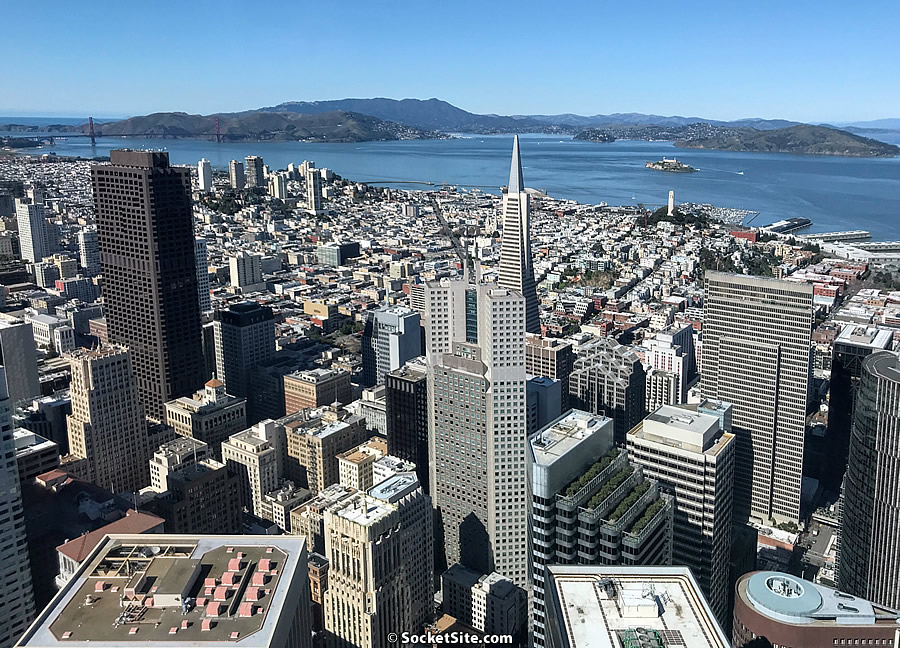Having dropped last month, at which point it was down 5 percent year-over-year, the weighted average asking rent for an apartment in San Francisco has since dropped another 3 percent to $3,300 a month, which is 9 percent lower than at the same time last year, nearly 20 percent lower than prior to the pandemic and 26 percent below its 2015-era peak of nearly $4,500 a month, with the average asking rent for a one-bedroom in San Francisco now hovering around $2,900 per month (which is 3 percent lower than at the same time last year, 17 percent lower than prior to the pandemic and nearly 22 percent below peak), all despite ongoing misreports of a “market rebound” or “pivot.”
That being said, the number of apartments listed for rent in San Francisco did tick down 3 percent over the past month and is only 3 percent higher than prior to the pandemic, with local employment having held in February but still well below peak, facts that aren’t “bearish” or “pessimistic” in nature but simply key to understanding and acting on the actual market trends, none of which should catch any plugged-in readers, other than the most obstinate, by surprise.
As always, keep in mind that our analysis of the rental market in San Francisco is based on over 200,000 data points going back to 2004 that we maintain, normalize and index on a monthly basis versus relying on a few years of data or “recollections.” We’ll keep you posted and plugged-in.

9% YoY is very sobering, especially for an SF bull like myself. Return to office has settled in the 2-3 day a week range and many are calculating the benefits of being in a place like Dublin or Walnut Creek. That being said, as I’ve said before on this site, I don’t necessarily mind if SF drops to perhaps fifth in the US on an affordability basis. I don’t think 2015 was a healthy time – people were forced to move out. I wouldn’t mind seeing a one bedroom get to $2,500 a month and stop there.
$2,500 a month for one bedrooms would effectively match end of Great Recession rates, at which point the cost of capital was 50 percent lower than today, as was the average home value, which had dropped an average of 20 percent in San Francisco, and housing construction had ground to a halt.